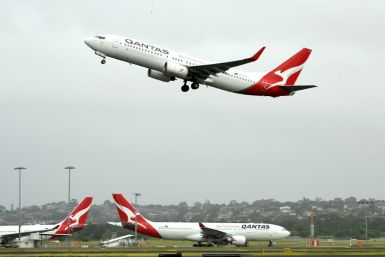Global Markets Overview – 1/6/14
The first full week of the New Year
Today marks the start of the first full trading week of 2014; however, it is unlikely we will see the current low volume trading environment improve. This is likely to return in mid to late January when all managers and investors finally settle back into work.
However, it will be an interesting week for Asia as a mass of data comes out of China and Australia.
As it is January, there will be no RBA board meeting, which means that currency traders and macro watchers will be fixed on the trade balance, building approvals and retail sales. These releases are unlikely to be major movers of FX or equities in either direction, but they will have a bearing on what the February RBA meeting may sound like.
I would expect the trade balance to narrow, as seasonality normally sees exports ramping up leading into Christmas. Building approvals is a sporadic indicator prone to wild moves; it too is also affected by seasonality and tends to slow heading into the festive season as well.
Retails sales will be interesting as pre-Christmas trading (November) saw abnormal sales runs, as retail remained a 'challenging' environment, and the major department chains and retailers looked to stimulate cash flows with early Christmas sales. Question is will the early sales pricing affect December trading? Is it also going to hit the 'year making' January sales month? The release of data in February and March will tell, and considering consumer discretionary was the best performer in 2013, it has little margin for error.
However, this week again will come down to how China is traveling as investors look to the final set of data before the must-anticipated Q4 and full-year GDP print are released on January 14 (Bloomberg).
Expectations for the GDP is just above the official estimates of 7.5% at 7.6%, and the release of the trade balance on Wednesday coupled with the CPI on Thursday will be seen as possible indicators for:
a) how the final quarter may come in as export numbers from the trade balance are expected to really ramp up;
and b) if the GDP figure is weaker than expected and CPI remains well below the official threshold level of 3.5%, will the first quarter of 2014 see an easing bias returning to China's official stance?
China will be an interesting read this week. The debate about how China is tracking will define its 2014 - talk will be about whether the 'hard landing' talk of the last four years continues, if the central government is moderating growth and whether the small steps it has taken towards a more liberalised, freer trading economy continue in 2014.
This is very important to Australia's long-term economic prospects; the ASX managed to disassociate itself in 2013 from the Shanghai Composite. However, the question on most analysts' lips is where is the next leg coming from for the ASX?
The financial service listings will have to smash records in 2014 to push them through record highs. With the expectations of (a) RBA rate(s) hike in 2014 building, I would expect the yield trade of 2013 to unwind as investors head back to bonds and the 'risk free' environment rather than the volatile world of equities.
Resource listings remain convoluted as underlying commodities in the precious metals space remain under structural pressure from central banks, while industrial metals and ores trade on specific needs rather than macro themes, making stock picking in the resource space a tricky business and unable to work as a unit to move the whole index higher.
This is why 2014 will be an interesting year; most believe it will be another positive year similar to 2013. It is not hard to understand why this belief is the case, as the US and Europe are primed to see continued rebounds which will rub off on the ASX. What may moderate 2014 for the ASX is the China story.
[Kick off your trading day with our newsletter]
More from IBT Markets:
Follow us on Facebook
Follow us on Twitter
Subscribe to get this delivered to your inbox daily






